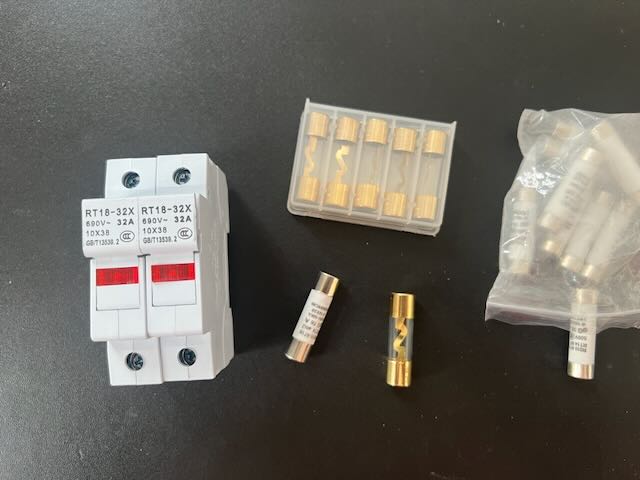Since the IFPI reports of the music industry 2019 it is evident that streaming is finally IN. Music no longer comes from physical carriers such as records, CDs or hard disks, but „from the cloud“ and is not only more comfortable and cheaper (1), but can also be of better quality. And for us HiFi folks with streaming the abbreviation MQA comes into play, which unfortunately comes with a lot of wrong information and sheer nonsense.
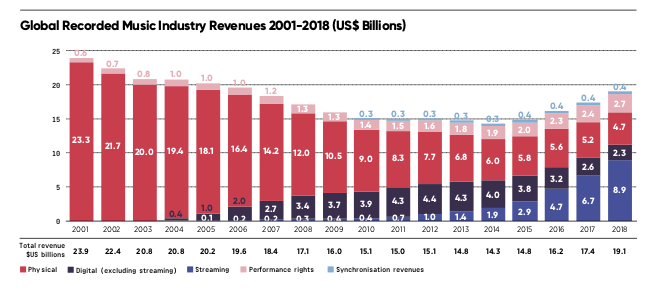
So it’s time to set the record straight. Here is my attempt:
MQA is not just a CODEC!
Unlike MP3 , WMF or AAC , which determine the algorithms according to which a signal is coded and DECoded , MQA is a holistic process, as the full name MASTER QUALITY AUTHENTICATED implies. MQA is about quality from start to finish, and its authentication to translate sound truthfully as intended by the artists/producer/sound engineer.
MQA was developed from the beginning with several goals: The inadequacies of past analogue and digital technology should be corrected in the best possible way. Some might remember this example from back in the day: with a Studer machine from the 70s certain amplitudes and phase distortions had to be put up with (such equipment still exists functionally and can be analysed exactly with state of the art modern measuring technology). Nowadays these „errors“ are taken into consideration, to then be compensated for accordingly. The second point is the optimised transport of high-resolution music signals. 96 kHz with 24 Bit transfer normally would need between 6 and 8 Mb/second download stream, undisturbed and unshared! This is an unrealistic requirement, given the fact that there are rush hours, leaving our networks congested, even for LTE and cable network users. Worldwide – with the exception of Korea and Sweden perhaps -it’s the same problem, in non-urban areas even more so. Therefore, the MQA developers were required to use less than 1.5 Mb/second, a value that is also used by CD signals of 16 Bit/44 kHz. As a third point, the requirement was to calculate the DAC’s peculiarities at the end in exactly the same way as for the recording machine. Even more important: Whatever the output device can do digitally must be played back without any problems, therefore up and down compatibility for everything from stereo 44 kHz 16 bit to multichannel 192 kHz 24 bit, stereo even 352 kHz. This means that the recording is between 44 kHz and 16 bits as the lowest quality level and „2L heaven“ at 356 kHz 32 bits, played back by the device with whatever quality it is capable of. Most digital amps today can go up to 96 or 192 kHz with 24 bits, but the kitchen radio can only play 16 bits 44kHz signals, while the high-end DAC brings all the glory of highest frequencies into the house.
Why High Resolution at all?
As we know from the latest psychoacoustic research, the human ear can no longer perceive individual tones above about 18 kHz, with us folks of a more mature age there is already a much earlier pause in transmission (10 kHz would be nice for me); but the decision whether an impulse comes exactly from the front or a few centimetres next to it, is auditorial and acoustically possible up to a range that would correspond to significantly more than 50 kHz bandwidth, so a frequency range of 20 kHz is no longer sufficient for the perception of spatial subtleties, the harmonic progression of reverberation, etc..
And even if our rooms don’t allow more than 70 dB dynamic range for eavesdropping, between the coughing flea that just rises above ambient noise and Sacre de Printemp’s mega hammer that forces the speaker membrane to knock on the cabinet and sucks the last drop of electricity out of the capacitors of the amp, we still want – safely – to keep away the noise of the signal source, so that it doesn’t cover the veil of reverberation. And the steps between the volume values we want to be as small as in 24 bit resolution.
2. A little math doesn’t hurt.
A second reason for higher resolution lies in the practice of digital filters. On one hand, they must rigorously filter out everything above the double signal frequency, otherwise false signals are produced. Learn more about it in this well done video from XIPH.org
On the other hand, steep filters produce timing and phase errors of bad grade. Therefore it makes sense to send the same information twice as fast, because the filter can use much more space for filtering. Again, the videos from XIPH shows this in detail.
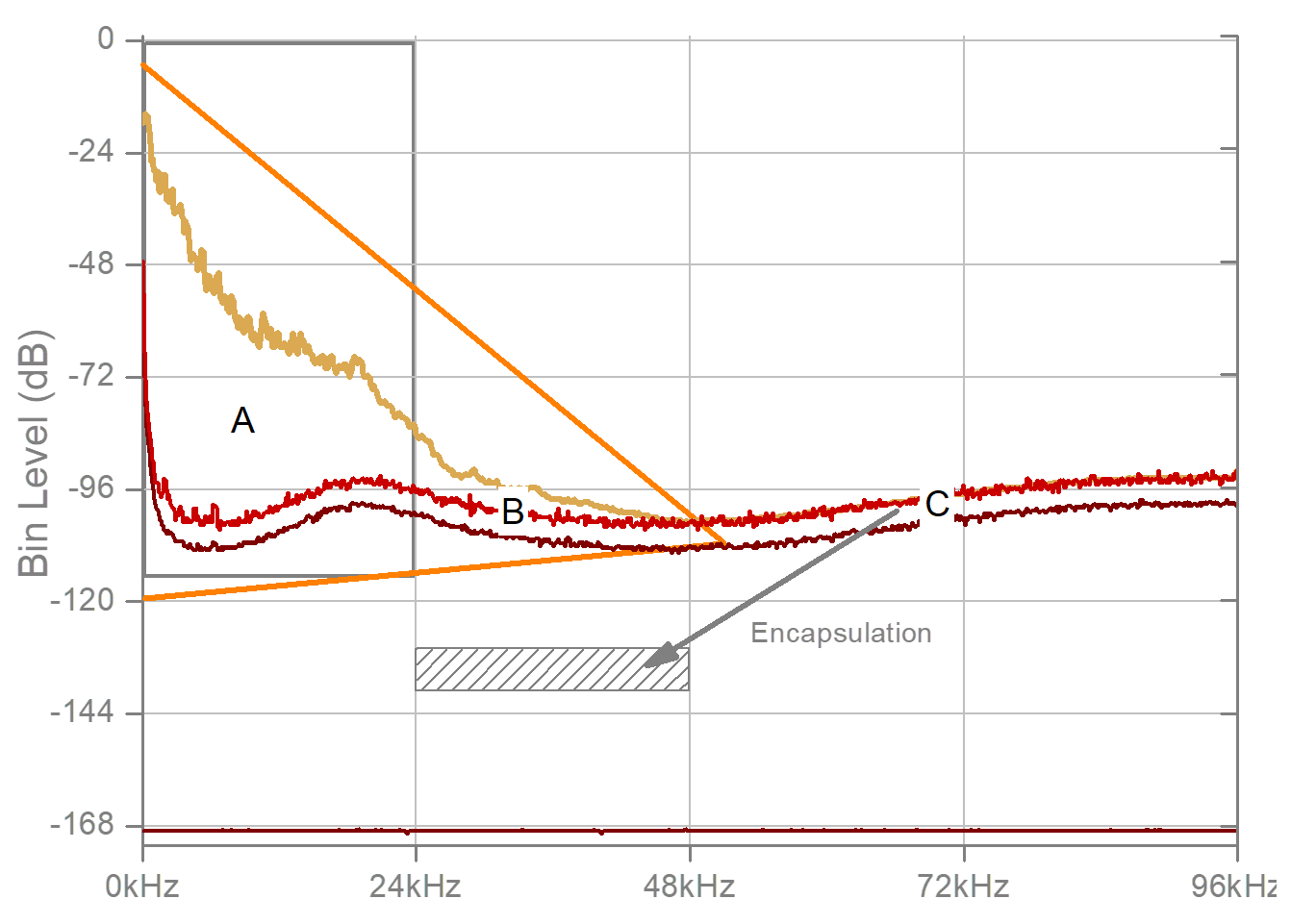
From 0 to 22 kHz with over 100 dB signal-to-noise ratio the info room of the CD is on the right, red and brown are the noise limits of the background noise, the striped „little note“ contains the info about the range B and C . The golden triangle is the lossless area of MQA!
In the digital layer you can nest, encode, hide and unfold many things at the end. Hence the term music origami, which MQA has chosen. The clever technicians have left the info up to 44 kHz and 16 bit depth in the original precision but the music signal part above 44 kHz, which is anyway much smaller in level, is packed on a „note“ that they put under the noise carpet. A full MQA decoder can now read this note and decipher the signal components above the „normal limit“ of 44 kHz and convert them into sound components. Sound components like: the fine structure of the hissing cymbals, „is this in front of the wall or outside?“, „is the snare further back or just underneath“ and so on.
3. The holy grail of losslessness
Simple minds and semi-educated technicians generally hang on to the question lossless or not. Lossless would mean that a signal is coded and decoded in such a way that mathematically exactly the same signal can be deciphered at the end. But as we know WAV and ALAC codecs don’t compress much anymore, therefore the specification of „no more than CD bandwidth for high resolution“ can’t be realised this way. On the other hand, long after MP3 research, there are much more precise ideas and measurements today on how the ear can analyse signals in interaction with the brain, the eye fluid and whatever else is involved, and where the limits are set. Even a simple look at a Fast Fourier frequency analysis shows us that above important fundamental and first harmonics only very small signal components are present. So the co-founder of Meridian and the meanwhile founded MQA Company was no more papal than the Pope, no wiser than the ear and decided for the compromise „not lossless, but only above 20 kHz, below everything unchanged“.
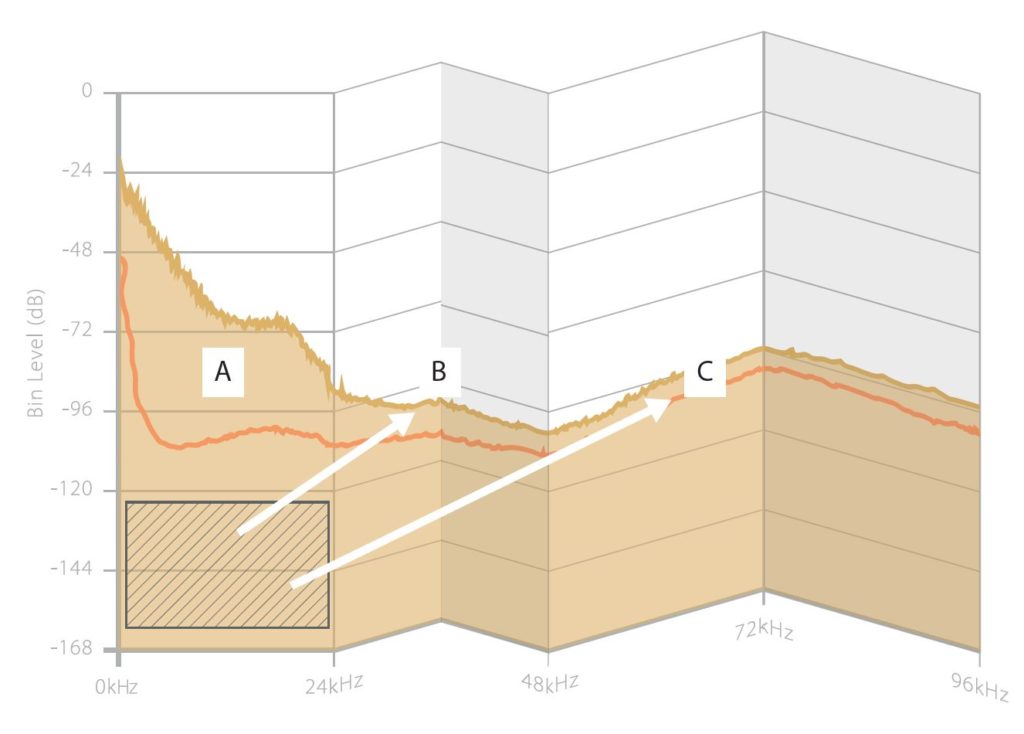
Depending on the capabilities of the end device, A, AB or ABC is read out. The grey area is hidden coded and is decoded by MQA, without MQA not used.
4. The way including the goal – authentic
All in white, a real sonic dream, full MQA up to 192 kHz, the BLUESOUND NODE2i around $549.
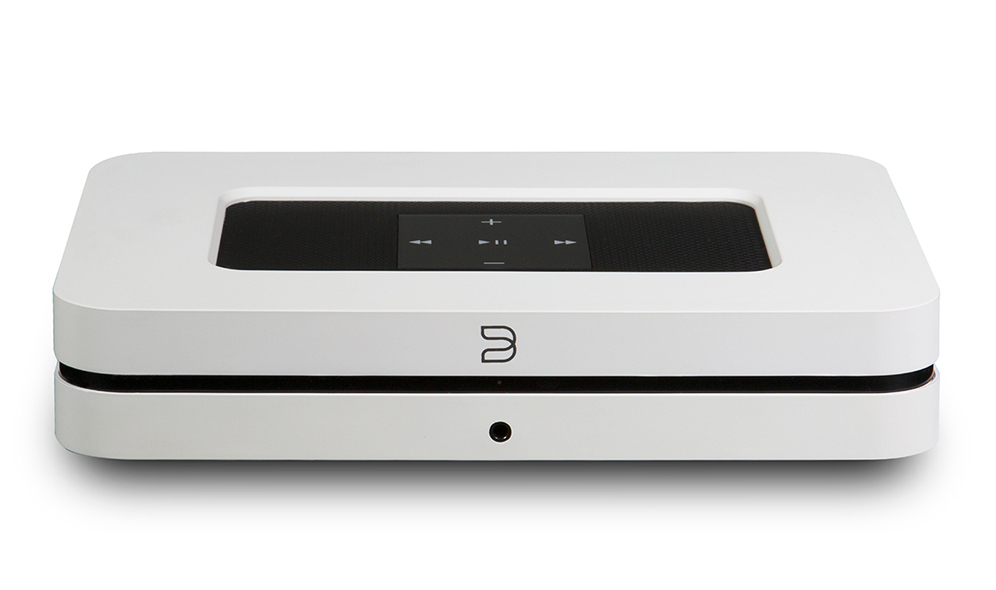
MQA encodes in most cases a carefully renovated master tape (the so-called „White Glove“ procedure, i.e. stroked with white gloves), calculates the errors known from the recording technique, and packs the whole thing into a package of „size“ 44/16 including a secret label for better and best subsequent DA converters. A MQA Core Decoder, which is for example available in LG mobile phones of newer design (software – or hardware-wise is irrelevant thereby) unpacks the signal after the transport and reads for the coming converter whatever it can understand, up to 44 kHz, up to 96 kHz or more. A complete DECODER as it is for example installed in a Bluesound Node for around $549.- or a S2 DAC by ProJect, but of course also the miraculous MYTEK , Meridian or NAD Dacs, can not only decipher the complete notes. It also confirms best performance through a delivery note enclosed during the production process of the song that „everything arrived, the device understands what you want and plays it exactly like ordered for the listener“. THIS is the authentication. A confirmation of the complete process, mostly indicated by coloured LEDs.
You can also misinterpret it as a pesky copyright filter, but you shouldn’t.
5th MQA CD, where to get this?
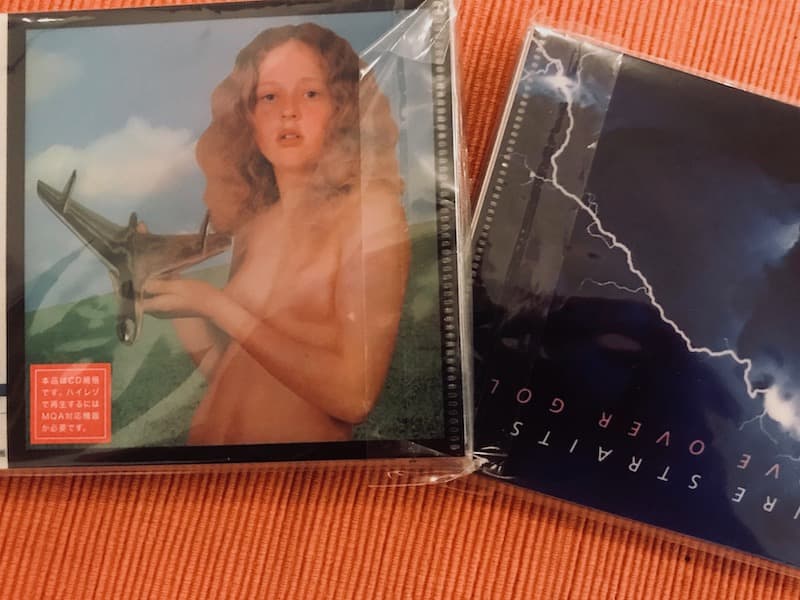
The fact that you can put the high-res MQA coded signal into a „44 box“ has also – especially in Japan – led to MQA CDs, which play for normal citizens as a normal CD. For MQA DAC owners it reveals its full potential. It works with any CD player that has a digital output, and that does not filter the digital signal. My old Sony DVD for example can do that, the external LG CD player of my MAC at 29.- too. And for all my hipster LP lovers: NO, vinyl is an analog process, it has nothing to do with MQA. To the result of my attempts: Dire Straits – Love over Gold and Blind Faith has never sounded so detailed on a CD as with Japan MQA import. Did I manage to hear a difference to Tidal MQA ? I really don’t know if there is one, we can discuss that for hours. Not to forget that all streamers and also CD player software use larger buffer memories nowadays, so there will be hardly anything different between the stream from the internet or the stream of the „optical out“ of a CD player. It also depends of course on quality of CD transport, but much less than before.
6. So where does MQA come from if not from the CD?
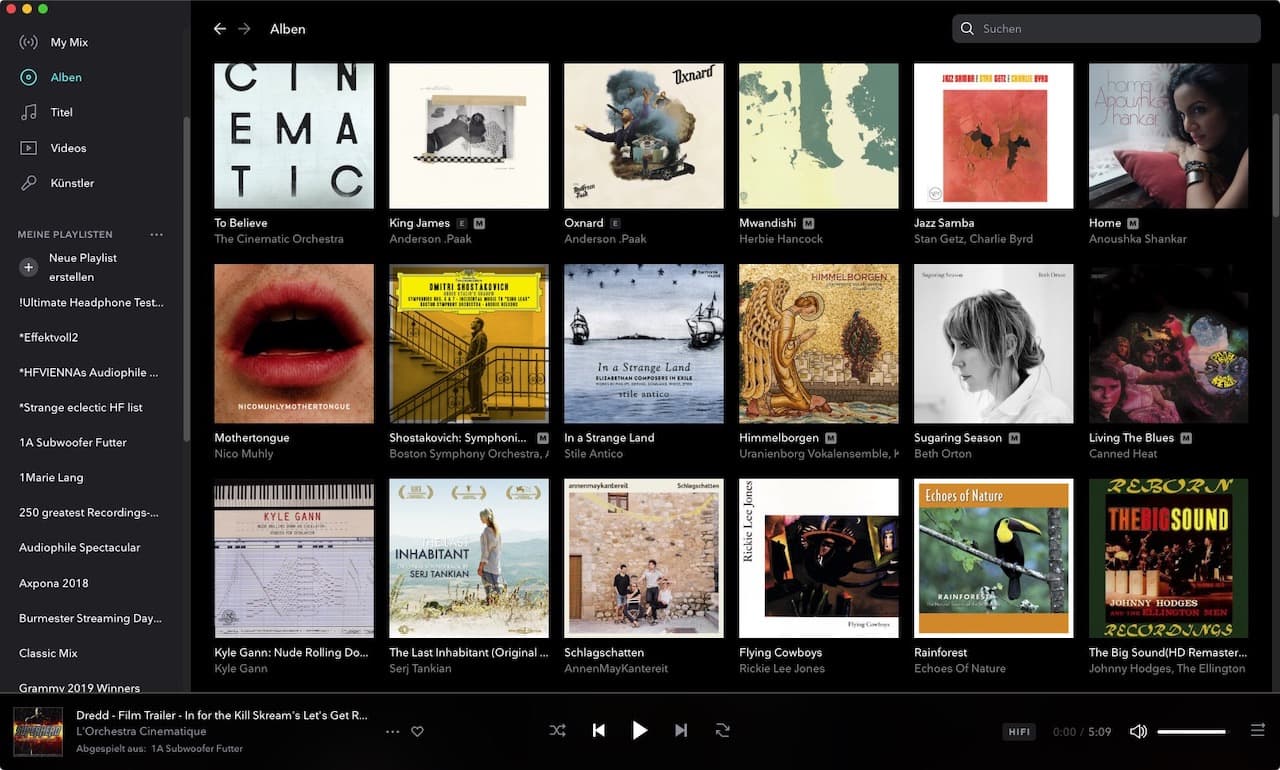
Simple answer so far: From Tidal.com , a streaming service that has been committed to the highest quality from the start and now offers nearly 15 000 albums with over 160 000 tracks in MQA quality. Qobuz is supposed to offer MQA as well soon, since both Android and iOS are MQA capable, I expect many more sources soon. CDs available at CD Japan and UNAMAS
Last question: What does that sound like?
Even though former leading HiFi brands like LINN and B&W used to spread a lot of scepticism and criticism (could perhaps be competitor’s envy), I prefer to keep it here with the really big ones in the profession of sound, the sound engineers and mastering gurus. Morten Lindberg – recording boss of 2L from Norway, who makes such good recordings that he has been threatened with a Grammy more than 30 times despite Off off Broadway music selection; BOB Katz – not only author of the standard work „Mastering Audio“, but Mastermind behind legendary recordings with 3 real Grammy awards ( you would have to be an American, not Norwegian, dont you „Morten 2L“ ); Master Manfred Eicher, who wants the entire catalogue of his ECM label for jazz and contemporary music to be converted into MQA as soon as possible: all of them are fully behind this format and can testify to it with their golden ears.
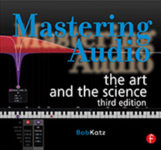
Bob Katz‘ Standardwerk 
Jazz in seiner schönsten Form 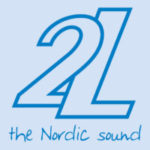
OFF Off Broadway
Up to the second Unfold you can take a free test, dear reader, Tidal App is free, Audirvana as one of the best software Apps also offer a free one month trial, and so everyone with computer and good quality soundcard can hear how good „half MQA“ already sounds. Every one of my friends was sure after listening to my samples, that they wanted to have their own home system to be capable of MQA right away. And surprisingly, it’s often old recordings like „Child in Time“ by Deep Purple, „Killing me softly“ by the grandiose Roberta Flack, or „Fratres“ by Arvo Pärt with Jarrett/Kremer on the instruments that leave me speechless. The airyness of Gidon Cremer’s Saltato, the „blowing noises“ of Jon Lord’s Hammond organ, the position of Roberta Flack’s piano, or the harmonies of Keith Emmerson’s synth „Lucky Man“, it warms your heart without losing transparency, on the contrary, transparent despite candlelight I would say, figuratively we would be there with Barry Lyndon by Stanley Kubrick. Each ECM album lights up new, washed free of veils, neutrally great like the Taj Mahal, and there is also a new album in MQA by the musician of the same name. Really fat.
It’s best you listen to it yourself, there are supposed to be dealers who present other sources than vinyl, PS Technik in Vienna, for example, would be one, RAUMAKUSTIK as well.
Last but not least: Many thanks for the graphics to MQA, more technical information can be found at www.bobtalks.co.uk. And a deep bow to Bob Stuart, Peter Craven and the whole team of MQA and Tidal for „The most significant audio technology of our life“ ( Robert Harley, „Absolut Sound“). Listen and your ears will tell you.
PS A small streaming intro gift from me: A list of the 250 most important recordings from „Gramophone“ magazine in the UK, recommended by 30 world performers, translated into Tidal by me. With many important MQA tracks. https://tidal.com/playlist/0e19cb52-6471-4d81-951f-005bfbf824a2 And of course there are many curated MASTER playlists with Jazz, Classic and of course Hip Hop on Tidal.
Ad (1) The access to almost all albums of most genres for 20 € per month is a stroke of luck for consumers. How much of the 20 € the music industry is paying to whom, how much composers, lyricists or singers and instrumentalists get, is a completely different discussion, in which – as the father of a musician – I like to support the latter where ever possible.





